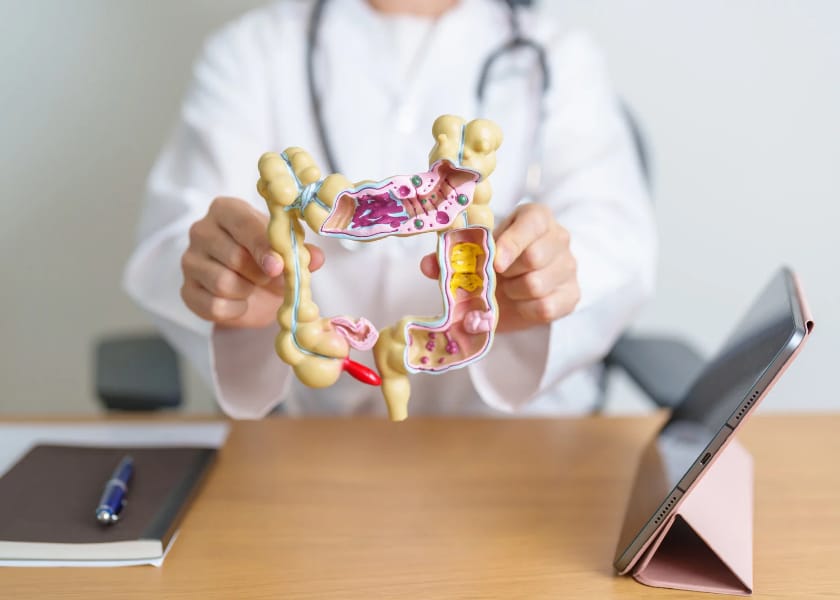Unveiling the Silent Troublemakers: Discover the 5 Hidden Digestive Disorders Only Detectable through Lower GI Endoscopy!
In this article, we delve into the world of lower GI endoscopy and highlight its role in detecting five common digestive disorders. By familiarizing ourselves with these ailments, we can better understand the importance of undergoing this procedure for early diagnosis and effective treatment.
Colorectal Cancer Detection
Colorectal cancer is a formidable opponent, but thanks to lower GI endoscopy, we can combat it head-on. This procedure allows doctors to thoroughly examine the lower gastrointestinal tract, enabling them to detect precancerous polyps. Early detection through lower GI endoscopy greatly improves the chances of successful treatment and increases long-term survival rates. By unveiling these silent threats, this diagnostic tool empowers individuals to take proactive steps towards colorectal health.
Inflammatory Bowel Disease (IBD) Identification
Inflammatory bowel disease (IBD) is a chronic condition that affects millions worldwide. With the help of lower GI endoscopy, doctors can accurately diagnose and monitor the progression of IBD. The procedure provides a comprehensive view of the gastrointestinal tract, enabling medical professionals to identify key indications of inflammation. By detecting IBD at an early stage, patients can implement suitable treatment plans, manage symptoms effectively, and prevent potential complications.
Inflammatory Bowel Disease (IBD) Identification
Diverticulosis and diverticulitis are common conditions that occur in the colon. Lower GI endoscopy plays a vital role in detecting these ailments accurately. By visually examining the lower gastrointestinal tract, doctors can visualize any signs of diverticula, small pouches that form in the colon wall. Timely diagnosis is pivotal as it allows medical professionals to provide appropriate treatment and prevent complications such as infection or bleeding.
Diverticulosis and Diverticulitis Diagnosis
Gastrointestinal bleeding can be a worrisome symptom, but lower GI endoscopy comes to the rescue by pinpointing its source. This diagnostic procedure allows doctors to visualize the lower gastrointestinal tract, enabling them to locate the exact origin of the bleeding. By accurately identifying the cause and severity of gastrointestinal bleeding, we can promptly administer the most effective treatment, preventing further complications and ensuring a smoother recovery.
Gastrointestinal Bleeding Localization
Crohn’s disease and ulcerative colitis are two chronic inflammatory conditions that can have a significant impact on a person’s quality of life. Lower GI endoscopy plays a crucial role in both diagnosing and monitoring these diseases. By providing a real-time view of the lower gastrointestinal tract, this procedure aids in identifying any signs of inflammation, ulceration, or strictures. Early detection enables individuals to receive appropriate treatment, manage symptoms effectively, and maintain remission for extended periods.
Conclusion
Lower GI endoscopy is a powerful diagnostic tool that helps medical professionals detect a range of digestive disorders. From the early detection of colorectal cancer to the identification of inflammatory bowel diseases, diverticulosis, diverticulitis, and gastrointestinal bleeding, this procedure significantly contributes to timely treatments and better long-term outcomes. By proactively prioritizing our gastrointestinal health and undergoing regular screenings, we can unmask these hidden culprits and ensure optimal digestive wellness. Don’t hesitate to consult Gastronaut Clinic who can guide you through the benefits and necessary steps of undergoing a lower GI endoscopy.


